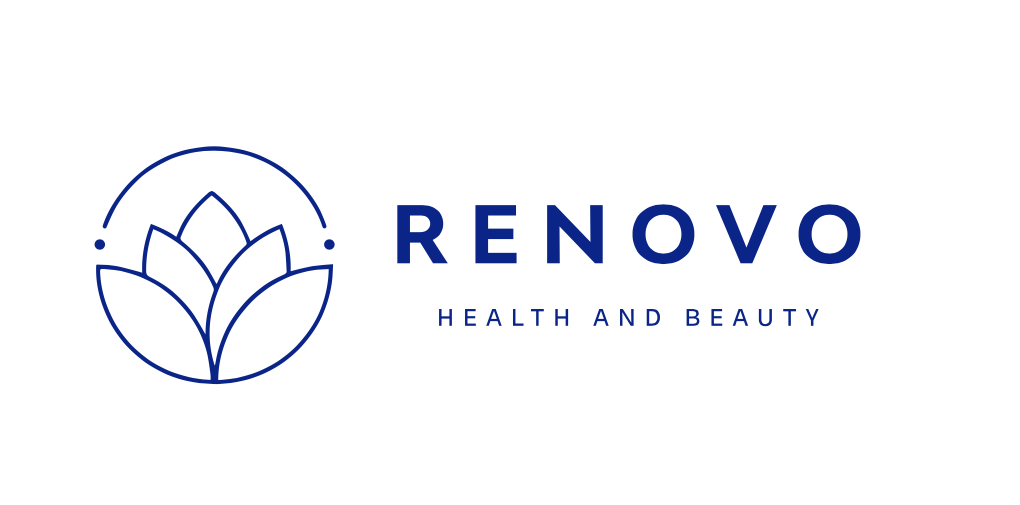Dr. Jimenez, leading stem cell and regenerative medicine authority in Mexico.

We offer high grade certified stem cells from certified laboratories in Mexico:
Measuring the quality of stem cells is a critical aspect of stem cell research and therapy development. The assessment of stem cell quality involves various laboratory techniques and criteria to ensure that the stem cells are suitable for their intended purpose. Here are some key factors and methods used to measure stem cell quality:
- Identity and Purity:
- Flow Cytometry: This technique can be used to analyze surface markers specific to the type of stem cell to confirm their identity.
- Immunostaining: Antibodies targeting specific proteins can be used to verify the presence of stem cell markers.
- Viability:
- Trypan Blue Exclusion: Stem cell viability can be assessed by determining the percentage of live cells compared to dead cells using a dye exclusion method.
- Fluorescent Dyes: Various fluorescent dyes can be used to assess cell viability and detect apoptotic or necrotic cells.
- Potency:
- Functional Assays: Potency assays measure the ability of stem cells to differentiate into specific cell types or perform desired functions. This can involve assessing their capacity to form specific tissues or secrete specific factors.
- Gene Expression Analysis: Measuring the expression of specific genes associated with stem cell potency can be informative.
- Proliferation Rate:
- Monitoring the rate of cell division and growth can be used to assess the quality of stem cells.
- Genetic Stability:
- Karyotyping: This technique examines the number and structure of chromosomes to detect genetic abnormalities.
- Genomic Sequencing: High-throughput sequencing can identify mutations or genetic variations in stem cells.
- Epigenetic Characteristics:
- DNA Methylation and Histone Modification Analysis: Epigenetic changes can impact stem cell quality, and these can be assessed through various molecular techniques.
- Microbiological Testing:
- Sterility Testing: Ensuring that stem cell cultures are free from contamination by bacteria, fungi, or viruses is crucial for safety.
- Cytogenetics:
- Assessment of chromosomal integrity and genetic stability is important, particularly for long-term safety and therapeutic use.
- In Vivo Studies:
- Transplantation into animal models can assess the stem cells’ ability to engraft, differentiate, and function properly in a living organism.
- Regulatory Compliance:
- Meeting regulatory standards and guidelines for stem cell quality is essential, particularly if the stem cells are intended for clinical use. This may involve Good Manufacturing Practices (GMP) and regulatory approvals.
The specific methods and criteria for measuring stem cell quality can vary depending on the type of stem cells (e.g., embryonic, induced pluripotent, mesenchymal), their intended use (e.g., research, therapy), and the stage of development (e.g., early-stage research, clinical application). Researchers and clinicians must select appropriate quality control measures and adhere to relevant regulatory standards to ensure the safety and efficacy of stem cell-based therapies.
